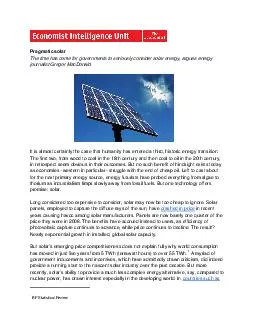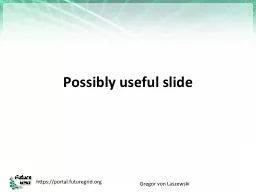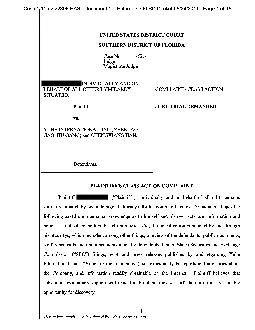PDF-Pragmatic solar The time has come for governments to seriously consider solar energy argues
Author : liane-varnes | Published Date : 2014-10-28
The first two from wood to coal in the 18th century and then coal to oil in the 20th century in retrospect seem obvious in their outcomes But no such benefit of
Presentation Embed Code
Download Presentation
Download Presentation The PPT/PDF document "Pragmatic solar The time has come for go..." is the property of its rightful owner. Permission is granted to download and print the materials on this website for personal, non-commercial use only, and to display it on your personal computer provided you do not modify the materials and that you retain all copyright notices contained in the materials. By downloading content from our website, you accept the terms of this agreement.
Pragmatic solar The time has come for governments to seriously consider solar energy argues: Transcript
Download Rules Of Document
"Pragmatic solar The time has come for governments to seriously consider solar energy argues"The content belongs to its owner. You may download and print it for personal use, without modification, and keep all copyright notices. By downloading, you agree to these terms.
Related Documents














